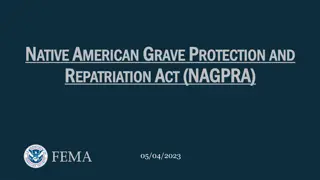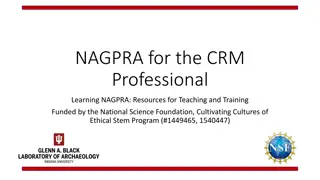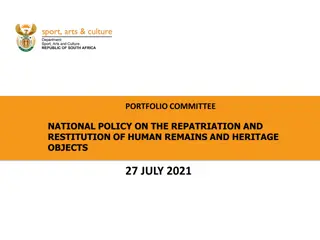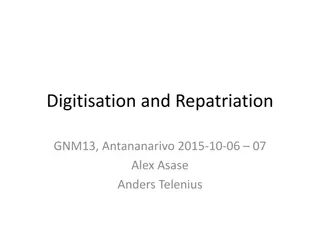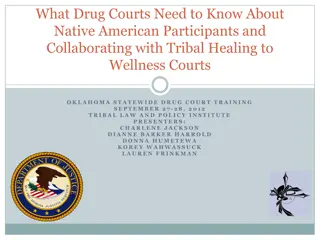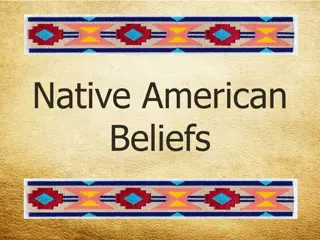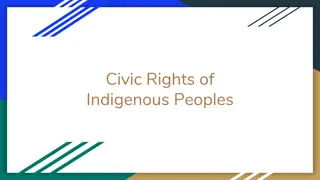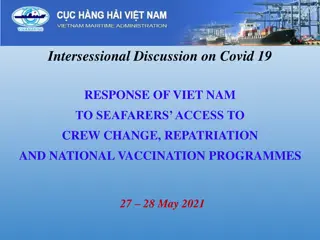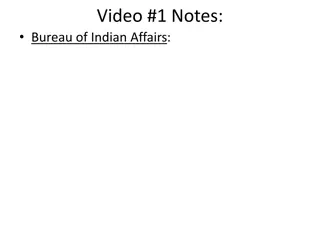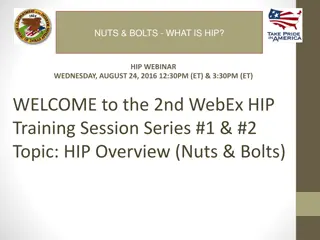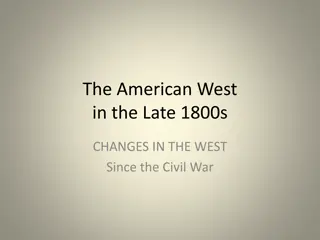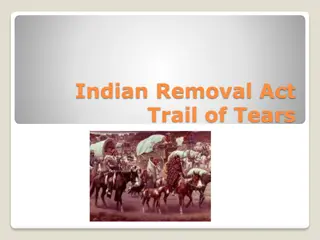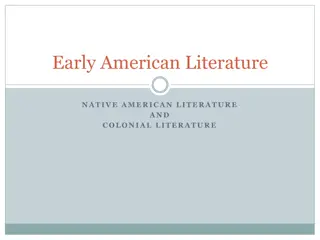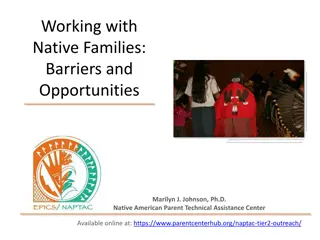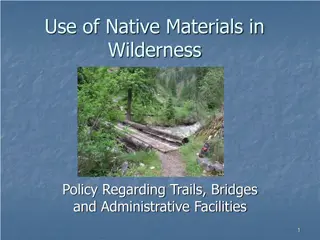Understanding the Native American Graves Protection and Repatriation Act (NAGPRA)
The Native American Graves Protection and Repatriation Act (NAGPRA) is a human rights/civil rights legislation aimed at protecting Native American cultural items and human remains. It requires federal agencies and museums receiving federal funds to inventory and repatriate certain items. The law has a retrospective portion for existing collections and a prospective portion for future acquisitions. Consultation with tribes is essential for identifying sacred items and ensuring proper repatriation. Trafficking in human remains is strictly prohibited under NAGPRA.
Download Presentation

Please find below an Image/Link to download the presentation.
The content on the website is provided AS IS for your information and personal use only. It may not be sold, licensed, or shared on other websites without obtaining consent from the author. Download presentation by click this link. If you encounter any issues during the download, it is possible that the publisher has removed the file from their server.
E N D
Presentation Transcript
Native American Graves Protection and Repatriation Act (NAGPRA) Clifford T. Brown
NAGPRA Human rights/civil rights legislation Passed in part as a reaction to ARPA Smithsonian governed by separate but similar law Main regs: 43 CFR 10 Can be divided into two parts: A retrospective portion that applied to collections in hand on the date the law was passed (November 16, 1990) A prospective portion that applies to collections acquired or projects undertaken after the law was passed Applies to federal agencies and museums receiving federal funds Applies to Federally recognized tribes, Native Alaskans, and Native Hawaiians Definitions: Human remains (but not if naturally shed) Associated funerary objects Unassociated funerary objects Sacred objects Objects of cultural patrimony
Retrospective portion Requires summaries and inventories of cultural items in existing collections by specified deadlines Summaries of unassociated funerary objects, sacred items and objects of cultural patrimony By 3 years after the law was passed (I.e., by 1993) Inventories of human remains and associated funerary objects By 5 years after the law was passed (I.e., by 1995) Ironically, regulations only issued in 1995
Summaries and inventories Should be developed in consultation with potential claimants and interested parties Else, how do you know what is, say, sacred? Have to be provided to interested parties (Indian tribes) under specified circumstances Have to be sent to National NAGPRA program office Potential claimants file claims for repatriation with Federal agency or other institution Law specifies order of priority for repatriation Lineal descendants first Tribe that owns the land next Culturally affiliated tribes later
Prospective portion Federal agencies have to consult with tribes before excavating NAGPRA cultural items. Properly, this means consulting in advance of any action that might produce NAGPRA items Can create comprehensive agreements with tribes to minimize disruption to routine business Excavated cultural items get repatriated to tribe(s) Trafficking in human remains is illegal


